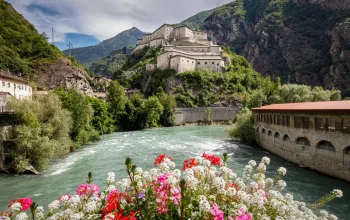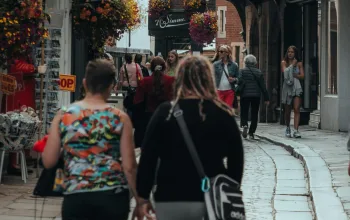20 years ago this September a small charity in Bristol was given the first ever grant from the Millennium Commission – a whopping £42.5m – to deliver a vision of a UK-wide network of connected, high-quality, signed and convenient cycling routes.
Jump forward two decades and the vision is reality, with the National Cycle Network (NCN) now over 14,000 miles long and still growing . This network of safe, traffic-free paths and quiet on-road cycling and walking routes connects to every major town and city, passing withing a mile of over half of all UK homes, the length and breadth of the UK.
The usage statistics of the NCN alone are astounding, and prove Sustrans’ ‘build it and they will come’ assertion that if you provide safe, convenient and free alternative routes then people will change their habits and use them.
Here’s just a few: there were an estimated 748 million journeys on the NCN in 2013, saving some £215m of petrol, £25m of carbon, and a whopping £805m health cost saving for the NHS derived by these journeys being on foot or by bike.
Bold beginnings
The vision for the NCN actually materialised in Bristol almost 40 years ago in 1977, when a group of sustainable transport idealists got together to build, with their own hands, the Bristol to Bath Bike Path, a 17-mile traffic-free route along an old railway line linking the hearts of these two cities.
The Network has come a long way since then, not only literally in length and geographical coverage, but in the roles it plays for the people who use it. In many towns and cities traffic-free paths have been created, with new pedestrian and cycling bridges built over obstacles like motorways and railways, linking communities and ammenities to each other.
Just as importantly, these new links connect people in built-up areas to parks and the countryside via green, traffic-free corridors. Then, beyond the towns, the little blue roadside signs of the NCN point out the quietest, most scenic roads across the British countryside, with mapped and themed route itineraries available on printed leaflets and online. The possibilites are endless – and growing as the Network still expands – from family day-rides on sculpture lined trails in the likes of Belfast and Cardiff, to multi-day bike paths like northern England’s and Devon’s coast-to-coast routes.




















